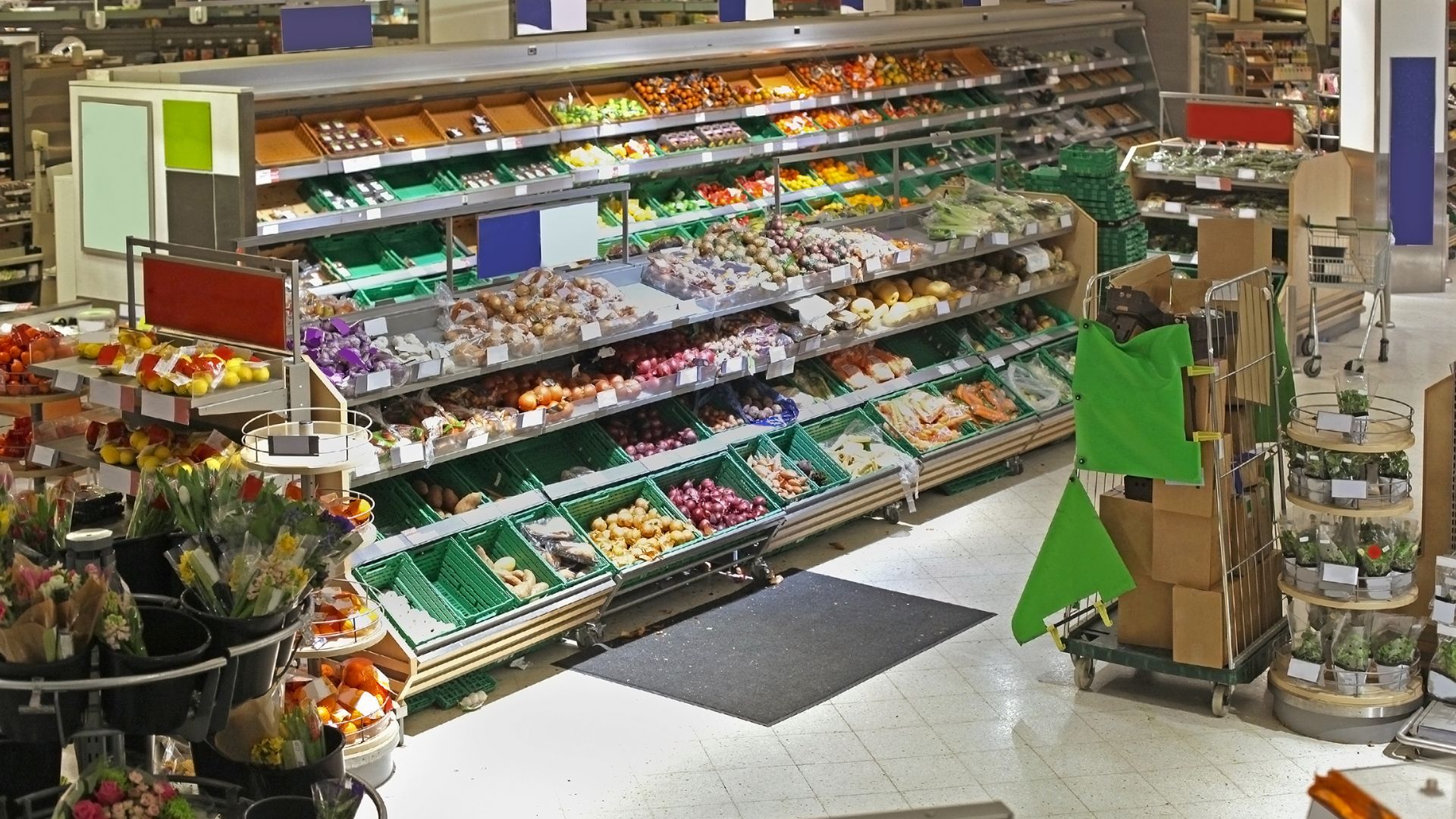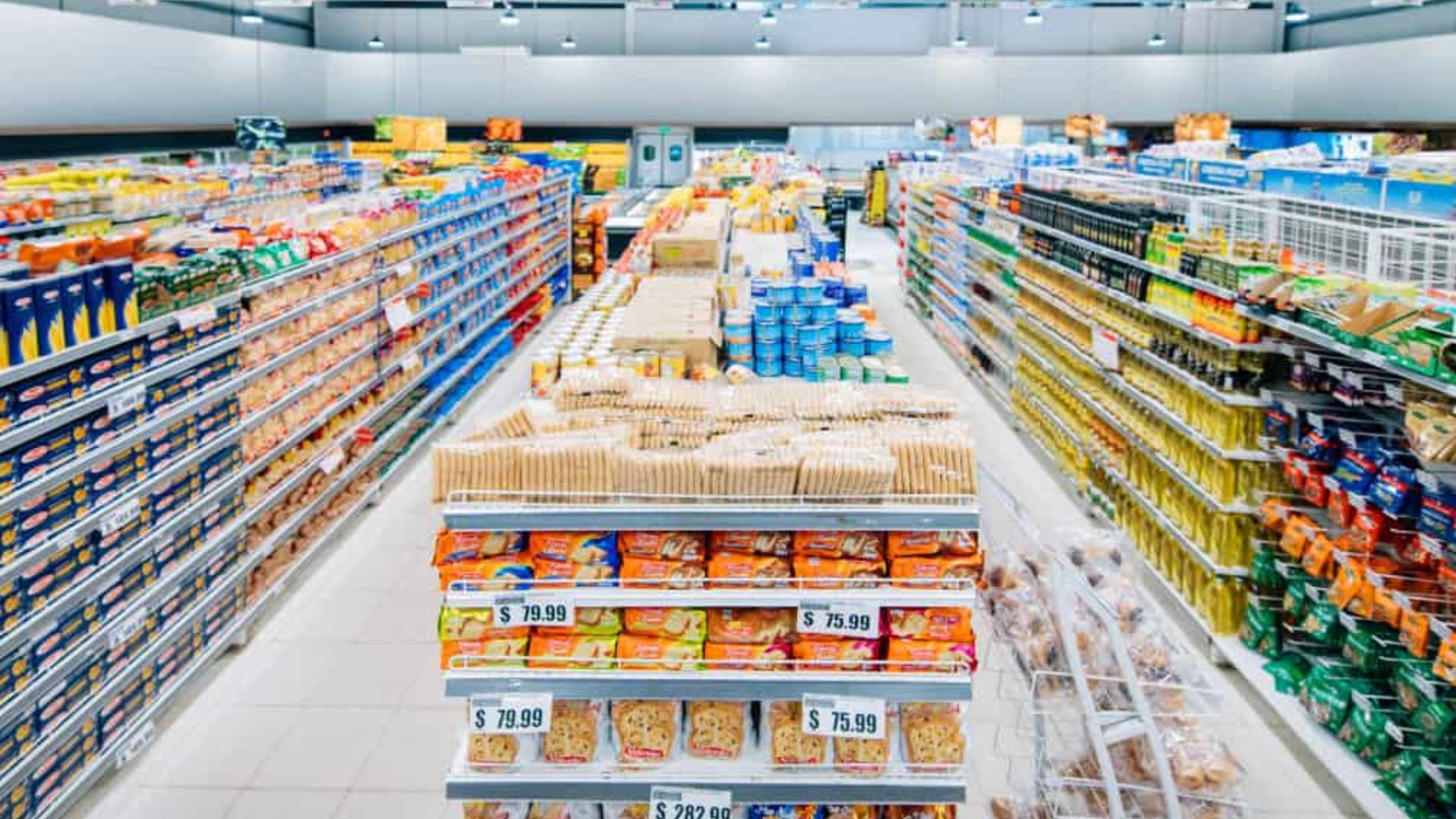Many CPG brands struggle with identifying new opportunities and growth in sales often overlooking the impact that effective retail merchandising can have. Without a clear merchandising strategy, products fail to stand out, customers aren’t inspired to buy, and the store's potential goes untapped. In this article, we’ll explore how implementing smart merchandising strategies, alongside how actively monitoring retail store execution and an optimizing the in-store sales process can turn your retail space into a thriving, revenue-generating environment
Retail merchandising is more than just setting up products on shelves. It encompasses every element of the store’s atmosphere, from product stocking, and product displays to store layout, all of which contribute to customer engagement. Well-executed merchandising not only improves the likelihood of conversion but also enhances the overall shopping experience, which keeps customers coming back. 8 out of 10 shoppers base their buying decisions on what they see in-store, highlighting the immense influence of visual merchandising.
Understanding Retail Merchandising
Retail merchandising refers to the strategies and practices brands and retailers use to present products in their stores. It goes beyond product placement and extends to everything from store design to inventory management. Merchandising aims to create an environment that draws customers in and encourages them to make a purchase.
Components of Retail Merchandising:
1. Store Design: A well-designed store layout directs customer flow, ensuring that key products receive attention. Products placed at eye level on the shelf are 82% more likely to be picked up and bought.
2. Fixtures and Displays: These are crucial for showcasing products in an appealing way and also conveying any strategic messaging or promotions towards the in-store customers
3. Product Selection and Stock Management: The right mix of products and well-maintained stock levels ensure customers find what they need.
Now that we’ve covered the basics, let’s look at the primary objectives behind effective retail merchandising.
Key Objectives and Importance of Retail Merchandising
Retail merchandising is about more than aesthetics—it’s a strategic tool designed to drive sales and keep customers engaged. Here’s how it plays a crucial role:
1. Driving Sales and Profitability: The primary goal of any merchandising strategy is to influence purchasing decisions and increase sales. Well-placed products, attractive displays, and clear signage can all help convert browsers into buyers. Displays using complementary colors can increase sales by 35%.
2. Encouraging In-Store Shopping Over Competitors: In today’s retail environment, customers have plenty of options. Effective merchandising gives brands a competitive edge, encouraging shoppers to choose their store over others.
3. Converting Browsers to Customers: Not every customer who enters the store has a purchase in mind. Strategic retail merchandising can persuade them to buy, especially through impulse purchases driven by captivating displays or promotions.
With these objectives in mind, let's explore how brands and retailers can develop a merchandising strategy that caters to these goals.
Developing an Effective Merchandising Strategy
Creating a successful merchandising strategy involves a deep understanding of your target audience and the market trends that influence buying decisions. Here are the key components of developing a strategy:
1. Analyzing Customer Preferences and Market Trends: Knowing what your customers want is crucial to stocking the right products. By tracking buying patterns and staying informed about market trends, retailers can ensure they meet customer demand.
2. Role of Assortment Strategy and Inventory Management: Offering the right mix of products is key to satisfying a variety of customer needs. A well-executed assortment strategy, combined with effective inventory management, ensures that high-demand products or MSL items are always available, and slow-moving items are minimized.
3. Mapping the Customer Journey: Brands and Retailers must design their store layout to match the customer journey. By understanding how customers move through the store, where they pause, and what draws their attention, retailers can optimize the flow and ensure that key products are placed in high-traffic areas. Shoppers are 60% more likely to notice a product displayed at the end of an aisle. A well-crafted merchandising strategy comes to life through visual merchandising techniques that engage and captivate customers. Let’s delve into these techniques next.
Visual Merchandising Techniques
Visual merchandising is about creating an immersive shopping environment that highlights products in the best possible light. It involves everything from how products are displayed to the use of lighting and signage to enhance appeal.
1. Creating Captivating Product Displays: Products should be displayed in a way that catches the shopper’s eye and encourages them to explore further. This could involve using focal points, thematic displays, or showcasing seasonal collections. Seasonal displays alone can increase customer time in-store by 14%.
2. Optimal Shelf Placement and Shelving Strategies: Placement is key. High-margin products should be placed at eye level, while impulse-buy items can be strategically positioned near checkout counters.
Also read: Realtime Retail Analytics for Improved Retail Execution
3. Importance of Lighting and Signage: Good lighting makes products more appealing, while clear, informative signage guides customers through the store and directs them toward promotions/offers or new arrivals. Well-lit displays make products seem 20% more valuable.
Also read: Strategies for Retail Store Product Placement
While visual merchandising sets the stage, it’s the in-store sales process that helps seal the deal. Let’s explore how this process works in tandem with merchandising efforts.
In-Store Sales Processes
The in-store sales process works hand-in-hand with the merchandising strategy, creating a cohesive shopping experience that encourages customers to explore and purchase. It begins with careful assortment planning, ensuring that products are organized logically and presented in a way that meets a wide range of customer preferences.
A well-planned assortment makes it easy for shoppers to find what they need, while strategic placement draws attention to key items. Beyond organization, successful brands emphasize product branding and storytelling. By crafting displays that tell a story or align with a brand’s identity, brands can create an emotional connection with their customers, which significantly increases brand recall and loyalty—storytelling within displays can boost brand recall by 25%.
However, it’s not enough to focus only on selling; understanding why some customers leave without making a purchase is equally important. Common reasons like unclear pricing, out-of-stock products, or poor customer service must be identified and addressed to remove barriers to purchase, ensuring a smooth and satisfying shopping experience for every visitor.
With both merchandising and the in-store sales process working together, the next step is to explore how technology can take these efforts to the next level.
Also read: Perfect Store Execution: Setting New Standards To Win At The Retail Shelves
Utilizing AI and Image Recognition Technology in Retail Merchandising
Technology has dramatically transformed retail merchandising, offering tools that streamline operations and enhance customer experiences. Retail merchandising software, like ParallelDots' ShelfWatch, uses AI to monitor and maintain display standards, ensuring optimal product placement and compliance across multiple store locations. This allows retailers to quickly identify and correct discrepancies, leading to better stock management and maximize shelf space.
Additionally, technology enables real-time data analysis, allowing retailers to adjust merchandising strategies based on sales trends and customer behavior. These insights help optimize product placement, stock levels, and promotional effectiveness, driving both efficiency and profitability.
Moreover, omnichannel retailing technologies bridge the gap between online and in-store shopping experiences. Services like click-and-collect and online stock checks enhance customer convenience, creating a seamless shopping journey. By integrating these digital and physical channels, retailers meet modern consumer expectations, boosting engagement and satisfaction.
Also read: AI in CPG: Boosting Store Sales for Beverages, Personal Care & Packaged Foods Category
Conclusion
Retail merchandising is a powerful tool that drives sales, enhances customer experiences, and strengthens brand identity. From creating captivating product displays to utilizing technology for operational efficiency, effective merchandising strategies are essential for staying competitive in today’s market. By continuously analyzing customer preferences, adjusting stock levels, and integrating modern technology like ShelfWatch, retailers can ensure their stores are not only visually appealing but also optimized for performance.
As retail trends evolve, so too must your approach to merchandising. For retailers looking to stay ahead of the curve, embracing new technologies and strategies will be key to maximizing sales and improving in-store customer engagement.
Book a demo now with ParallelDots to elevate your retail merchandising strategy.


